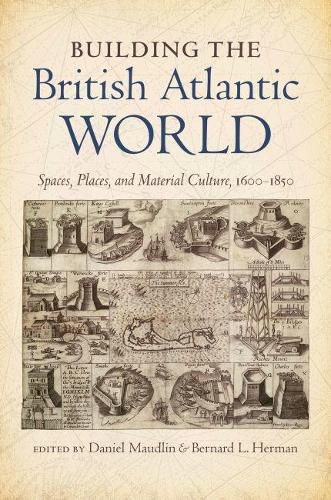Readings Newsletter
Become a Readings Member to make your shopping experience even easier.
Sign in or sign up for free!
You’re not far away from qualifying for FREE standard shipping within Australia
You’ve qualified for FREE standard shipping within Australia
The cart is loading…






Spanning the North Atlantic rim from Canada to Scotland, and from the Caribbean to the coast of West Africa, the British Atlantic world is deeply interconnected across its regions. In this groundbreaking study, thirteen leading scholars explore the idea of transatlanticism-or a shared
Atlantic world
experience-through the lens of architecture and built spaces in the British Atlantic world from the seventeenth century through the mid-nineteenth century. Examining town planning, churches, forts, merchants’ stores, state houses, and farm houses, this collection shows how the powerful visual language of architecture and design allowed the people of this era to maintain common cultural experiences while still forming their individuality.
By studying the interplay between physical construction and social themes that include identity, gender, taste, domesticity, politics, and race, the authors interpret material culture in a way that particularly emphasizes the people who built, occupied, and used the spaces and reflects the complex cultural exchanges between Britain and the New World.
$9.00 standard shipping within Australia
FREE standard shipping within Australia for orders over $100.00
Express & International shipping calculated at checkout
Spanning the North Atlantic rim from Canada to Scotland, and from the Caribbean to the coast of West Africa, the British Atlantic world is deeply interconnected across its regions. In this groundbreaking study, thirteen leading scholars explore the idea of transatlanticism-or a shared
Atlantic world
experience-through the lens of architecture and built spaces in the British Atlantic world from the seventeenth century through the mid-nineteenth century. Examining town planning, churches, forts, merchants’ stores, state houses, and farm houses, this collection shows how the powerful visual language of architecture and design allowed the people of this era to maintain common cultural experiences while still forming their individuality.
By studying the interplay between physical construction and social themes that include identity, gender, taste, domesticity, politics, and race, the authors interpret material culture in a way that particularly emphasizes the people who built, occupied, and used the spaces and reflects the complex cultural exchanges between Britain and the New World.